Rising Prevalence of Diabetes
The Non-Invasive Glucose Monitoring Device Market is witnessing growth due to the rising prevalence of diabetes worldwide. As the number of individuals diagnosed with diabetes continues to increase, the need for effective monitoring solutions becomes more pressing. Current statistics indicate that diabetes affects millions of people, with projections suggesting that this number could rise significantly in the coming years. This alarming trend underscores the necessity for innovative monitoring devices that can provide accurate and timely glucose readings without invasive procedures. Consequently, the demand for non-invasive glucose monitoring devices is expected to escalate, as healthcare providers and patients alike seek alternatives that enhance diabetes management and improve quality of life.
Increased Focus on Preventive Healthcare
The Non-Invasive Glucose Monitoring Device Market is benefiting from an increased focus on preventive healthcare measures. As healthcare systems worldwide shift towards proactive management of chronic conditions, the demand for non-invasive monitoring solutions is likely to rise. These devices enable individuals to monitor their glucose levels regularly, facilitating early detection of potential health issues. This trend aligns with broader public health initiatives aimed at reducing the burden of diabetes and its complications. Market analysts suggest that as awareness of the importance of preventive care grows, the adoption of non-invasive glucose monitoring devices will likely increase, further propelling market growth and innovation.
Consumer Demand for Convenience and Comfort
The Non-Invasive Glucose Monitoring Device Market is significantly influenced by the growing consumer demand for convenience and comfort in diabetes management. Patients increasingly prefer devices that eliminate the discomfort associated with traditional blood glucose testing methods. Non-invasive devices offer a pain-free alternative, which is particularly appealing to children and those with a fear of needles. Market data indicates that a substantial percentage of diabetic patients express a preference for non-invasive monitoring solutions, suggesting a shift in consumer behavior. This demand is likely to drive manufacturers to prioritize the development of user-friendly devices that integrate seamlessly into daily life, thereby expanding the market reach and enhancing patient adherence to monitoring regimens.
Collaborative Efforts in Healthcare Technology
The Non-Invasive Glucose Monitoring Device Market is experiencing a boost from collaborative efforts among technology companies, healthcare providers, and research institutions. These partnerships aim to accelerate the development and commercialization of innovative monitoring solutions. By pooling resources and expertise, stakeholders can enhance the efficacy and accessibility of non-invasive glucose monitoring devices. Recent collaborations have led to breakthroughs in sensor technology and data analytics, which are crucial for improving device performance. As these collaborative initiatives continue to flourish, they are expected to drive advancements in the market, ultimately benefiting patients who seek more effective and user-friendly diabetes management solutions.
Technological Advancements in Non-Invasive Glucose Monitoring
The Non-Invasive Glucose Monitoring Device Market is experiencing a surge in technological advancements that enhance the accuracy and reliability of glucose measurements. Innovations such as optical sensors, electromagnetic sensors, and biosensors are being developed to provide real-time glucose monitoring without the need for blood samples. These advancements not only improve user experience but also increase the potential for widespread adoption among diabetic patients. According to recent estimates, the market for non-invasive glucose monitoring devices is projected to grow at a compound annual growth rate of over 20% in the coming years, driven by these technological innovations. As manufacturers invest in research and development, the introduction of more sophisticated devices is likely to reshape the landscape of diabetes management.


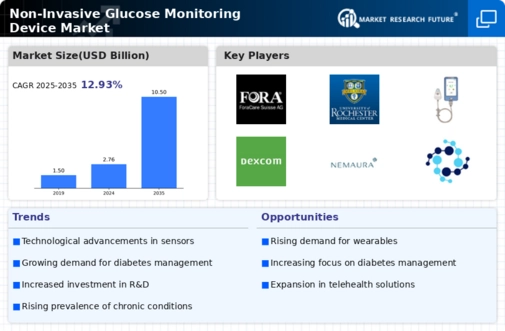
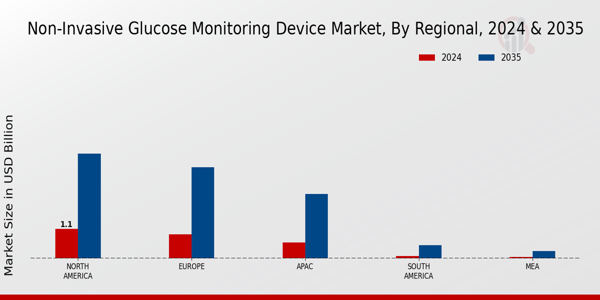
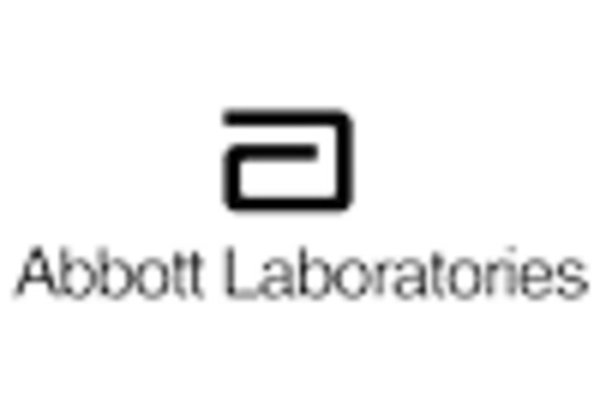
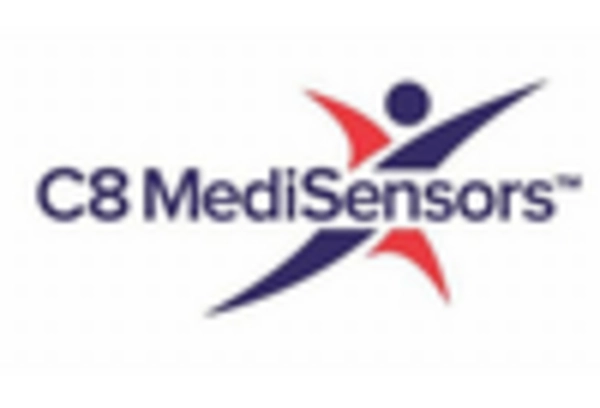
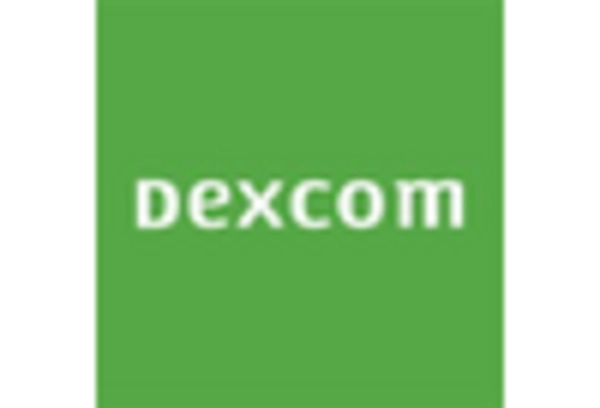
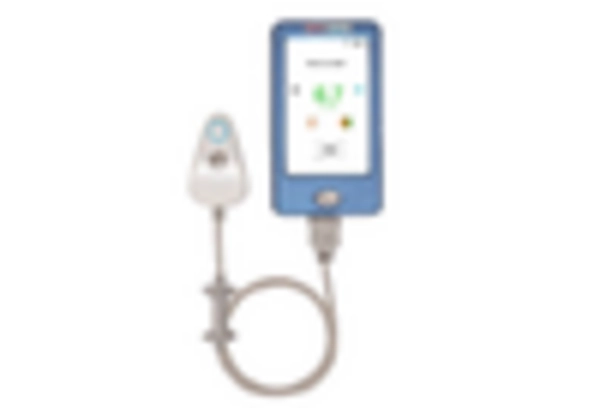

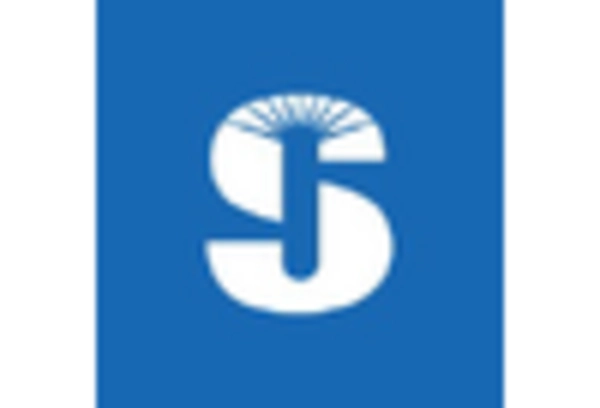








Leave a Comment